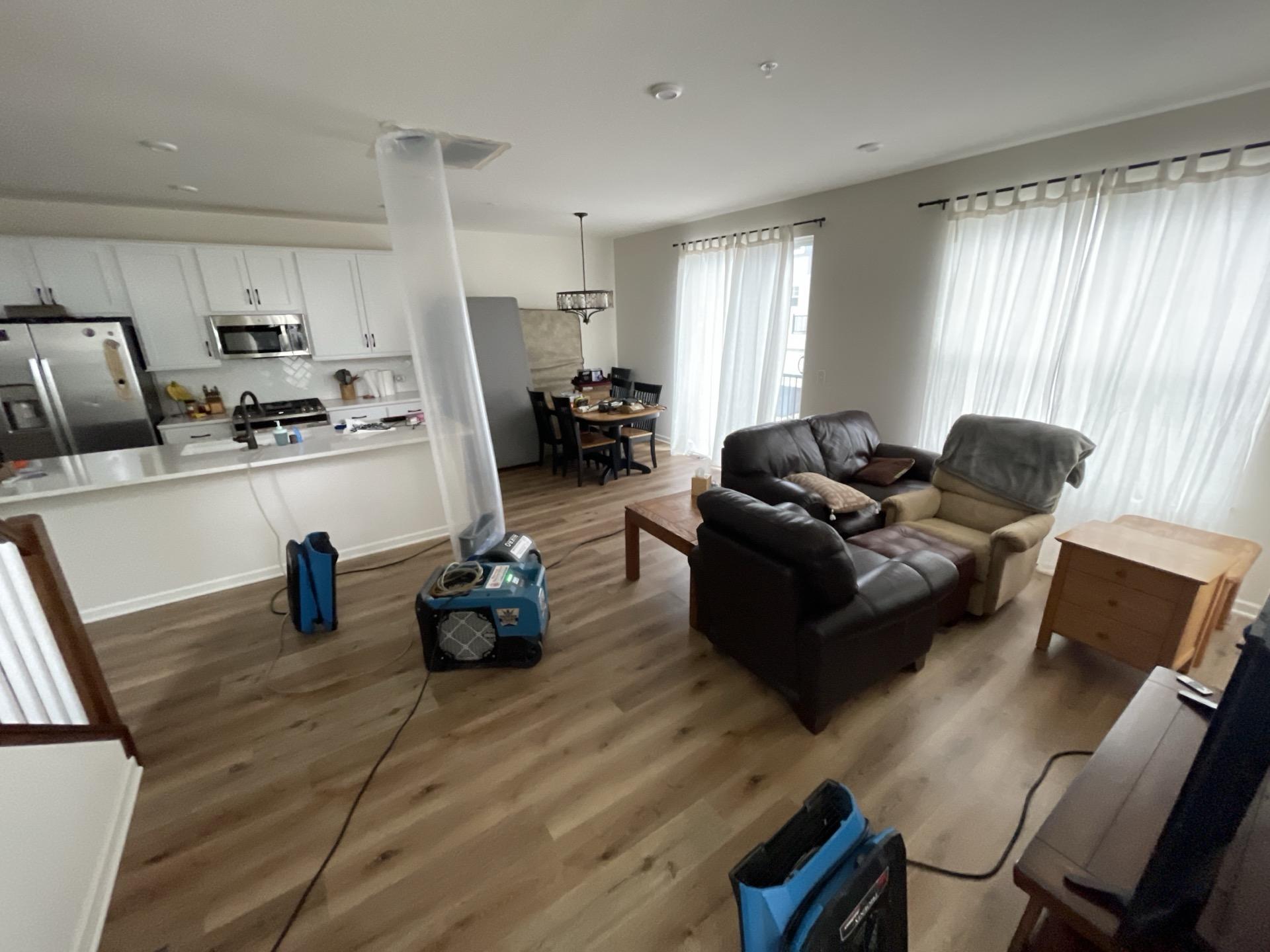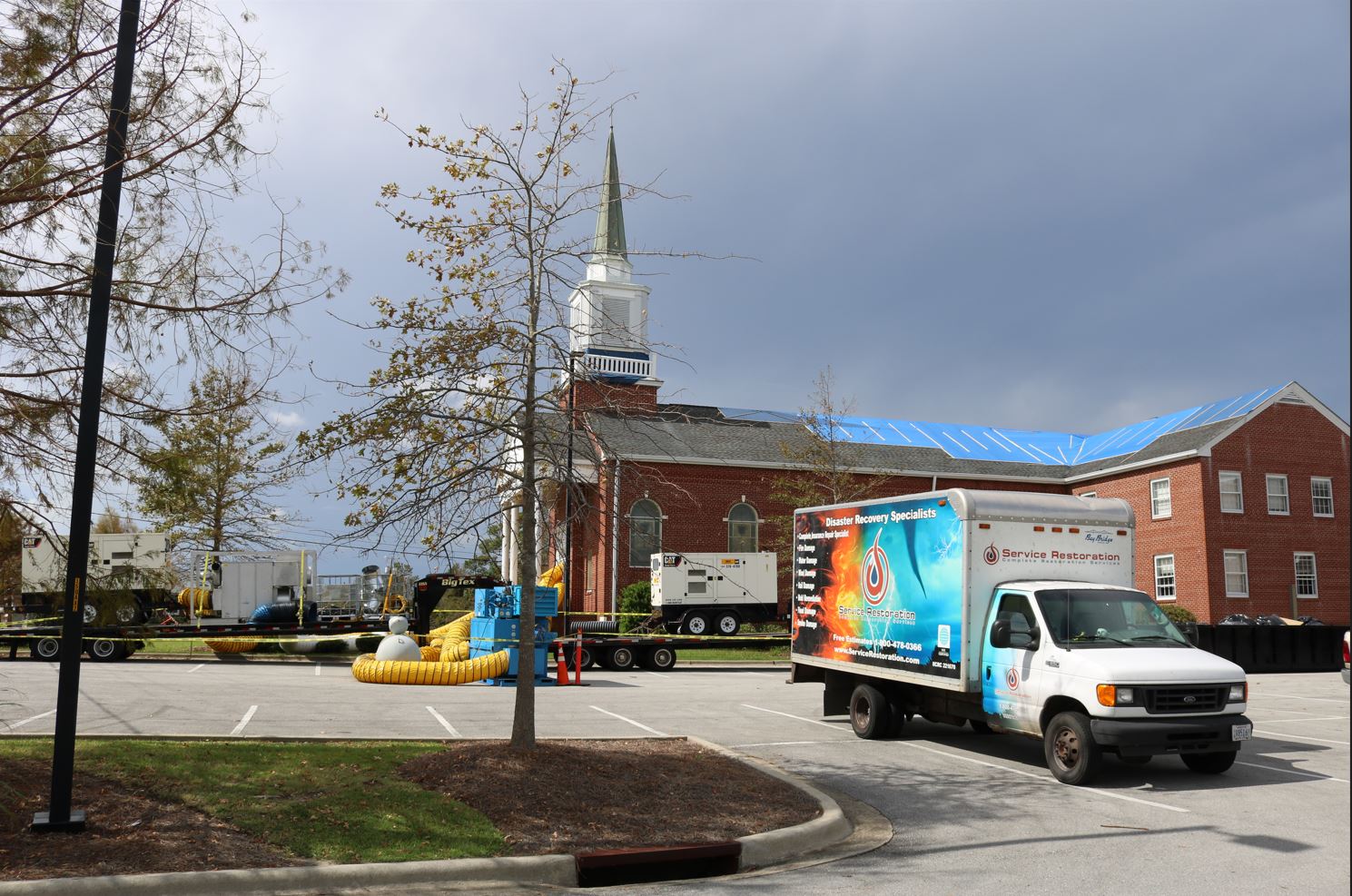Water damage on your ceiling can occur without warning, leaving you with an unsightly and potentially dangerous problem. Whether it’s caused by a leaking roof, a burst pipe, or condensation, addressing the issue promptly is crucial to maintaining the integrity of your home. Understanding how to fix a ceiling with water damage is essential for every homeowner.
Identifying the Source of the Water Damage
Inspect for Leaks
The first step in fixing a ceiling with water damage is identifying the source of the leak. Common sources include roof leaks, plumbing issues, or condensation. Begin by inspecting your roof for missing shingles, cracked flashing, or blocked gutters. If the roof appears intact, check the plumbing in the area above the damaged ceiling. Look for dripping pipes, loose connections, or condensation on pipes.

Check for Hidden Problems
Sometimes, the source of the water damage might not be immediately obvious. In such cases, use a moisture meter to detect damp areas behind walls or ceilings. This tool can help pinpoint hidden leaks that might be causing the damage.
Step-by-Step Guide to Fixing the Ceiling
Tools and Materials Needed
Drop cloths or plastic sheeting A ladder or scaffolding Safety goggles and gloves Utility knife D Drywall saw Sandpaper Joint compound Drywall tape Paint and primer Paintbrushes and rollers
Step 1: Remove Damaged Material
Begin by removing any damaged or wet material from the ceiling. Use a utility knife or drywall saw to cut out the affected area. Make sure to remove any insulation that might be wet as well, as this can harbor mold and mildew.
Step 2: Dry and Treat the Area
Once the damaged material is removed, allow the area to dry completely. Use fans and dehumidifiers to speed up the drying process. Once dry, treat any mold or mildew with a solution of water and bleach to prevent further growth.
Step 3: Patch the Hole
Cut a piece of drywall to fit the hole in the ceiling. Secure the drywall patch to the ceiling joists using drywall screws. Apply joint compound around the edges of the patch, then press drywall tape into the compound to reinforce the seam. Smooth the compound with a putty knife and allow it to dry completely.
Step 4: Sand and Smooth
Once the joint compound is dry, sand the area to create a smooth surface. Be sure to wear a dust mask to protect yourself from inhaling dust. After sanding, wipe the area with a damp cloth to remove any dust.
Step 5: Prime and Paint
Before painting, apply a coat of primer to the repaired area. This will help the new paint adhere properly and ensure a uniform finish. Once the primer is dry, apply two coats of paint, allowing each coat to dry completely before applying the next. Choose a paint that matches the rest of the ceiling for a seamless repair.
Preventing Future Water Damage
Regular Maintenance
To prevent future water damage, perform regular maintenance on your home. Inspect your roof and plumbing regularly for signs of wear and tear. Clean your gutters and downspouts to ensure proper drainage.
Addressing Issues Promptly
If you notice any signs of water damage, address them promptly. Ignoring small leaks can lead to significant problems over time. Early intervention can save you time, money, and stress in the long run.
Conclusion

Knowing how to fix a ceiling with water damage is a valuable skill for any homeowner. By identifying the source of the leak, preparing properly, and following a step-by-step repair process, you can restore your ceiling to its original condition. Regular maintenance and prompt attention to issues can also help prevent future problems, ensuring your home remains safe and beautiful for years to come. If you’re ever unsure or need professional help, contact Service Restoration today for expert assistance.















